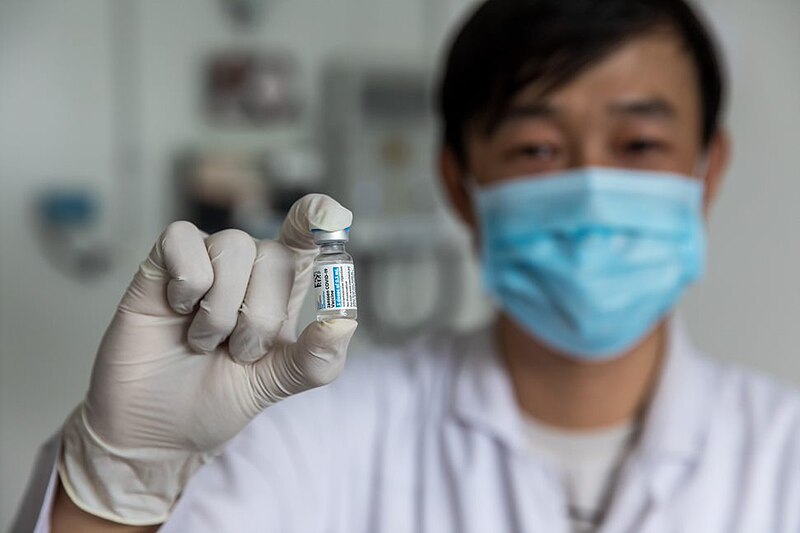Another variant? Since the beginning of the epidemic, we have seen a few strains of COVID-19 arise, notably the Omicron, Delta, and Alpha variants. You may ask, how do these mutations keep on materializing?
Like all viruses, SARS-CoV-2 — the virus responsible for COVID-19 — goes under, and will continue to go under, several mutations.
 As a coronavirus, SARS-CoV-2 uses protein spikes (visualization on right) that fit into cellular receptors, in order to infiltrate our cells. Upon entry of the virus, the invaded cell begins to translate the viral RNA into viral proteins, which leads to the production of new viral genomes. According to Akiko Awasaki, PhD, this is where mutations often arise, stating that, “When viruses enter the host cells and replicate and make copies of their genomes, they inevitably introduce some errors into the code.” While these introduced errors may be inconsequential, they can also be of benefit to the virus, increasing contagiousness. These successful mutations may change how the virus behaves in the future, becoming the foundations of new evolutionary steps.
As a coronavirus, SARS-CoV-2 uses protein spikes (visualization on right) that fit into cellular receptors, in order to infiltrate our cells. Upon entry of the virus, the invaded cell begins to translate the viral RNA into viral proteins, which leads to the production of new viral genomes. According to Akiko Awasaki, PhD, this is where mutations often arise, stating that, “When viruses enter the host cells and replicate and make copies of their genomes, they inevitably introduce some errors into the code.” While these introduced errors may be inconsequential, they can also be of benefit to the virus, increasing contagiousness. These successful mutations may change how the virus behaves in the future, becoming the foundations of new evolutionary steps.
As we learned in AP Bio, the sequence of amino acids plays a heavy role in the primary structure of the spike protein. When the sequence is altered, hydrogen bonds will be corrupted or created, affecting the stability of the secondary structures like alpha helices and beta pleated sheets. This changes will in turn affect the tertiary structure, ultimately morphing the three-dimensional shape of the spike protein.
Given this knowledge of how SARS-CoV-2 invades cells, and how it may lead to evolution and mutation, what is the significance of this newest variant, and how can it be fought?
BA.2.86 was discovered over the summer with cases from Denmark, Israel, the United Kingdom, and the United States. Later on, it spread to various countries all over the globe, being discovered in wastewater in countries such as Spain and Thailand. As weeks passed, the new strain did not seem to pose a threat compared to its predecessors. However, months later, BA.2.86 on the rise. On November 11th, the CDC estimated that 3.0% of cases came from BA.2.86. November 28th’s estimate, 8.9%, is shockingly almost triple of the earlier estimate just two weeks prior. This is apparently garnering the strain some sort of reputation, now being labelled a “variant of interest” by the World Health Organization.
While the percentage may seem scary, the rise of the strain has not brought a disproportionate growth in infections or hospitalizations. Rather than posing new or threatening danger, it seems to be much better adept to escaping our bodies’ defense systems. The improved ability to slip past antibodies, compared to previous variants, likely comes from its large number of mutations, 30, on its spike protein. Antibodies, which serve to fight these invaders, may find difficulty recognizing and defeating the new strain.
Due to the strain only taking the notice of researchers recently, there are still many things to be uncovered. Some researchers have affirmed their support in newer vaccines against BA.2.86 and future variants. As always, it is best to wear masks when necessary, wash your hands, quarantine if you are experiencing symptoms, and receive the latest vaccine.



Leave a Reply